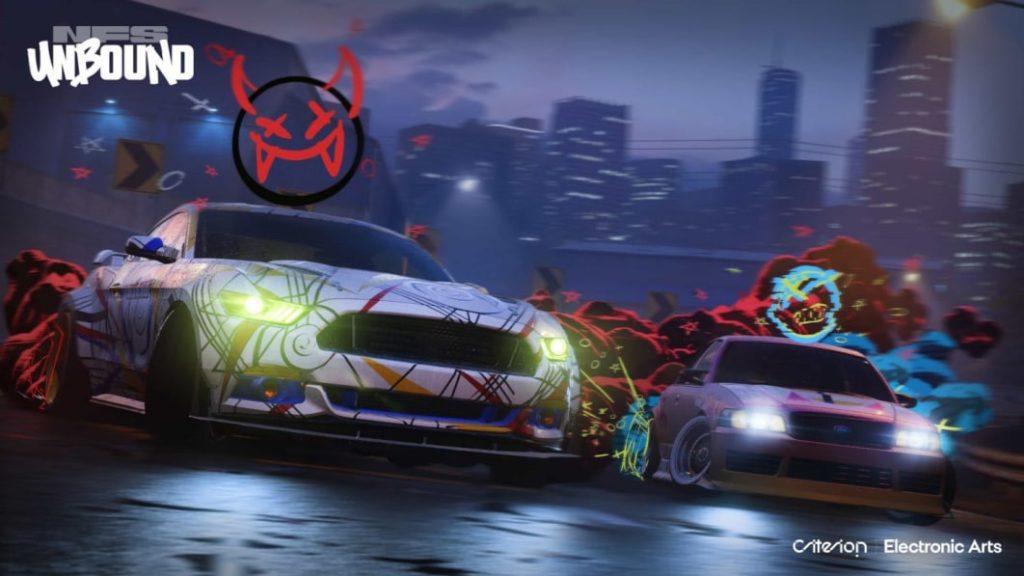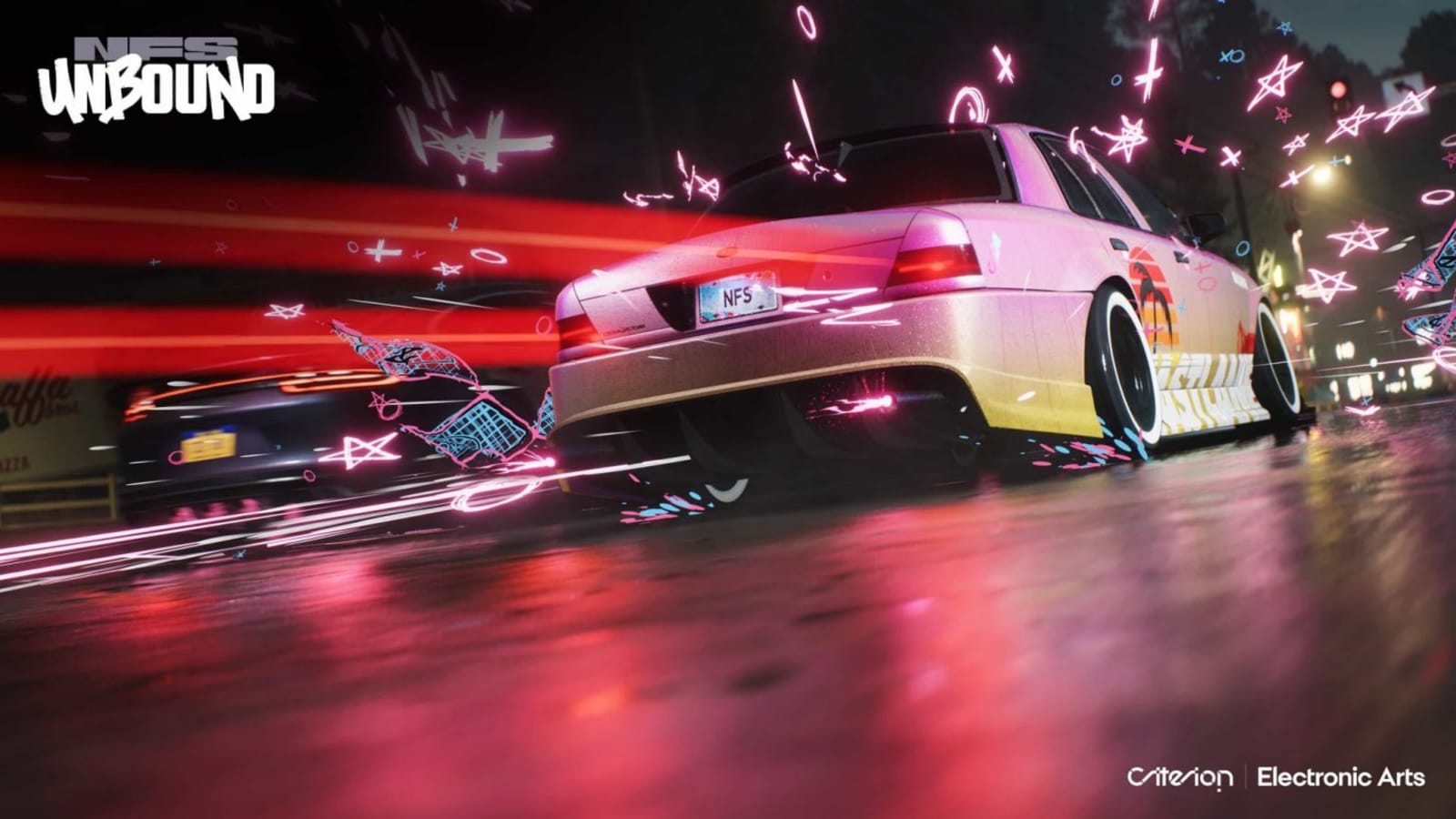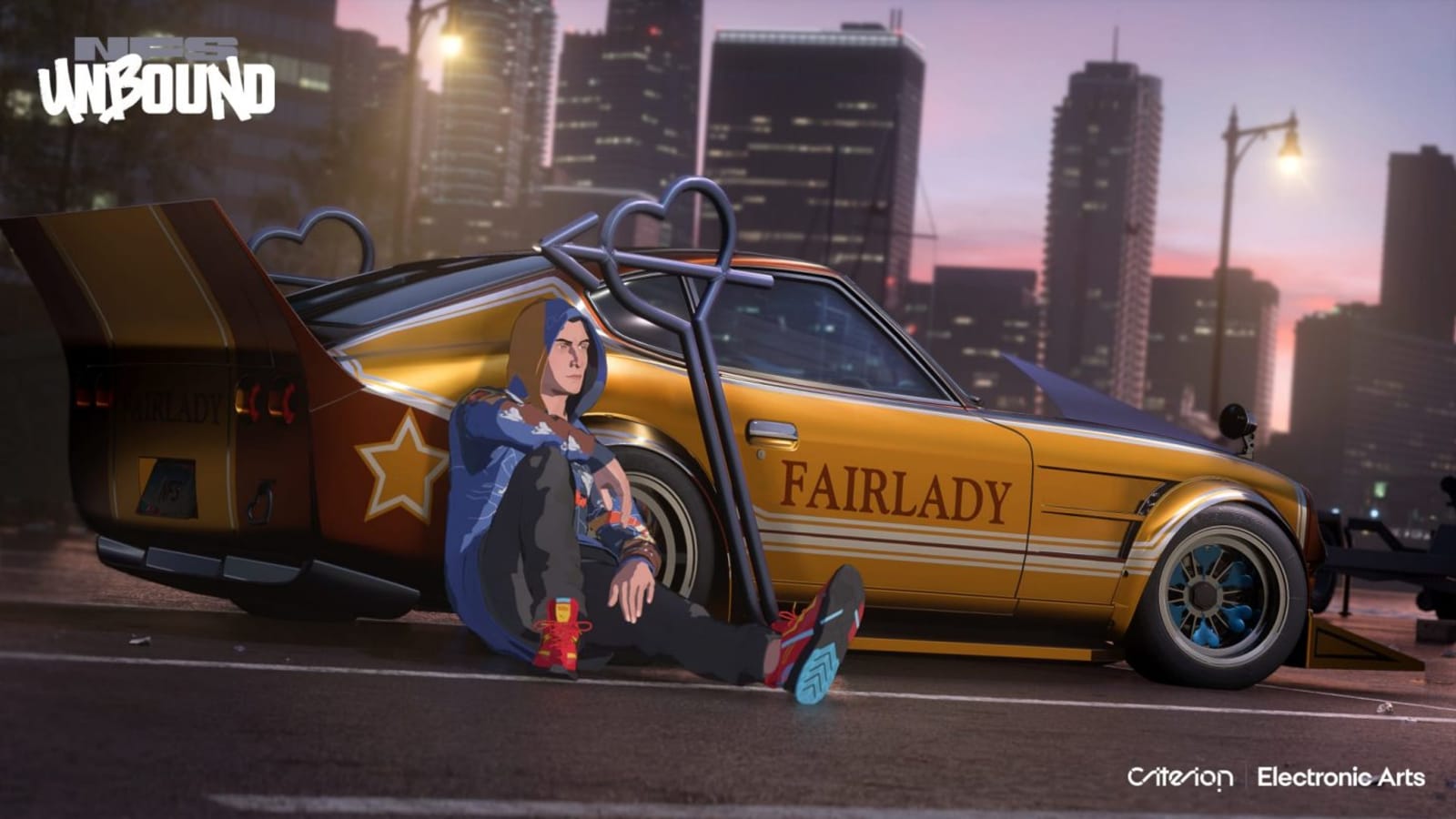'Need for Speed: Unbound' Review: Fully back on track

Autoblog may receive a share from purchases made via links on this page. Pricing and availability are subject to change.
The Need for Speed series is finally back with “Need for Speed: Unbound.” And it’s been a while since the last installment, “Need for Speed: Heat,” which launched three years ago. And this one was developed by Criterion Games, rather than Ghost Games, which was dissolved and turned into a support studio. But in the tumultuous years between releases, “Unbound” has emerged as the best Need for Speed in years.
Interestingly, Criterion wasn’t able to spend the entire three years off working just on Need for Speed. We spoke with the game’s creative director, Kieran Crimmins, who revealed that the development time for this game was pretty similar to past ones (i.e. less than three years), since Criterion was providing support in developing a Battlefield title.
While we can’t say for sure, that does seem to explain why there are substantial similarities between “Unbound” and the Ghost-developed “Heat.” There are very similar risk-versus-reward mechanics with pursuits and earning money from races, the basic handling ideas of balancing grip and drift styles and on-road and off-road advantages, and much of the customization are very similar.
But what Criterion has managed to do is refine and tighten what Ghost built, fixing what was broken, and making everything else run better. And it was a superb strategy.
Right off the bat, the game runs much better. Load times are dramatically reduced. The game runs at a very steady 60 frames per second at 4K resolution (we played on PlayStation 5). These are great not just for getting you into the action much faster than before, but it also massively aids in making the game feel and play faster. Need for Speed has real speed now.
Also, the cel-shaded characters and graffiti-inspired graphics during gameplay look extremely cool, and aren’t distracting. We would be very interested to see what Criterion could do with a game more fully embracing this style, something along the lines of “Auto Modellista” from Capcom. Maybe the next installment could push it some more.
The driving experience is significantly improved, too. Cars still have a heft and slight understeering tendency early on, but modifications quickly change that to make them feel more responsive than before. But more importantly, the strange tap-brake/gas-to-drift mechanic is no longer the only way to drive. You can switch that function off to make the game control much more like other racing games. It makes it much easier to use more careful gas and brake inputs to finely adjust the car in corner, and rely on the handbrake more to initiate drifts.
Another change is the boost system. Nitrous is now available on demand in any amount you prefer, rather than being activated in stages. And there’s a new “burst” nitrous function that also builds with drafting, drifting, passing traffic closely and more, and it works similarly to the slipstream boost in Midnight Club and Grand Theft Auto games. The catch is that you have a brief window to use it after earning it. Furthermore, it can be built up to faster levels the longer you charge it. It adds another level of depth and strategy in races.

Much of the career and gameplay options are similar to Heat, but that’s no bad thing. There’s a healthy amount of variety with standard sprint and circuit races, time trial challenges, police chases and loads of collectibles to discover all around the map. Everything you do pays off with cash and/or personalization options. The cash flow is well balanced, too. You’ll have enough to progress and keep your car competitive, but you do have to earn it. You’re definitely not so awash in currency and gifts to make them borderline meaningless, as can happen in the Forza Horizon series.
This also touches on a couple other big improvements. One of them is the map itself. The new setting is Lakeshore City, which is heavily inspired by Chicago, just like the last city was inspired by Miami. This not-Chicago offers much better variety of roads and views with both winding country roads and dense, tight city courses. The “L” train and upper and lower roads in town (seriously, this is basically just Chicago) also offer some interesting driving options. In particular, they can offer cover from the police helicopters.
That brings us to the other big fix: the cops. A borderline game-ruining aspect of “Heat” was the hyper aggressive police. They were seemingly capable of seeing through buildings, and were overly adept at keeping up with your car — even going monumentally fast speeds. When I was playing it, I typically cashed out before the heat level went above two, because I wouldn’t be able to escape pursuits at higher levels. Now, the police are far more reasonable. You can actually outrun and outmaneuver slower units without too much trouble, and when fast units arrive, they can be eliminated without worry of new units spawning unfairly ahead of you. They aren’t pushovers, though. I have been able to escape a few level four and five heat chases, but they still take a bit of work.
The only part of the cops that’s a bit annoying is that, their presence increases through the game, and it can be annoying trying to avoid starting chases when you just want to explore. I highly recommend picking up the “radar jammer” upgrade that delays cops starting a chase.

That covers most of the changes. You don’t have to worry about earning “reputation” anymore. Everything runs on cash this time. Also, cops are present day and night, and getting caught can result in losing your earnings. Much of the rest of the game is the same as before, and that’s really good. The car list is extremely varied with lots of choices from Japan, Europe and the U.S. Customization is very deep with lots of body and wheel options for every car, plus lots of ways to improve performance. Engine sounds are even customizable, and remain some of the best in the racing game world. And graphically, the game looks great. It’s not a massive improvement over “Heat,” but you won’t mind since the game runs so much better.
Finally, “Unbound” is refreshingly free of EA’s desire for monetization and control. The single-player career is totally playable off-line without an internet connection. Upgrades aren’t locked behind a weird loot box system that might encourage microtransactions, and there aren’t really microtransaction items to worry about. The developers even announced that additional free content is on the schedule for the game.
“Need for Speed: Unbound” isn’t a revolution. But what it does is finally deliver on the promise of Ghost Games’ past efforts. Criterion took all the great things of those games, fixed the parts were broken, and have ended up delivering the best Need for Speed title in ages. If you’d like to pick up a copy, it’s on sale on Friday, December 2 for $69.99 and available for PC, PlayStation 5 and Xbox Series X and S. There’s also a “Palace Edition” with additional in-game character clothing, pre-customized cars and in-game cash to start you off in the online mode for $79.99.
Related Video:



